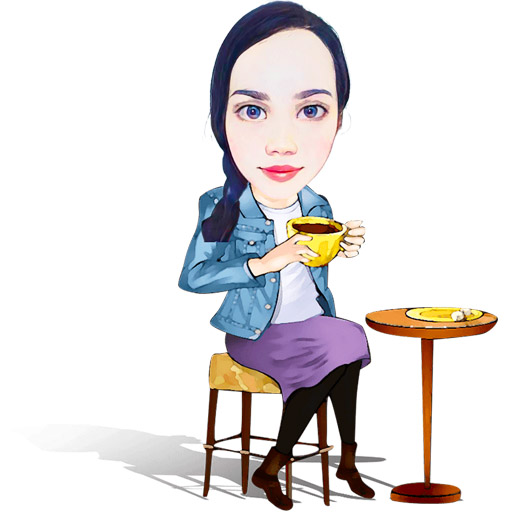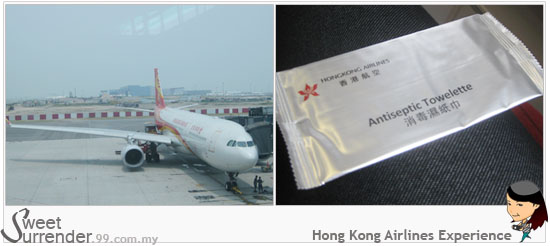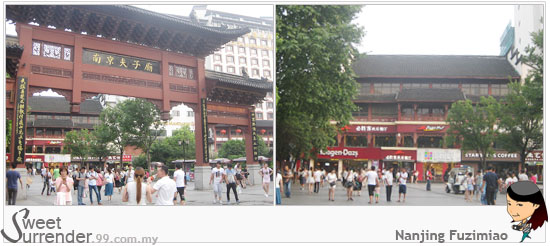
Fuzimiao in Nanjing is one of the tourist attractions in Nanjing. Went there way back in July!
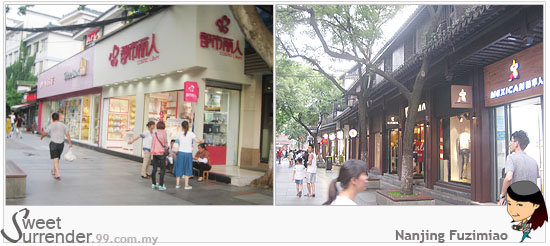
Nanjing Fuzimiao (Chinese: å—京夫å廟) or Fuzimiao (Chinese: 夫å廟; literally: “Confucian Temple”), is located in southern Nanjing City on banks of the Qinhuai River. Within the area are cultural attractions, arts, shopping, and entertainment.
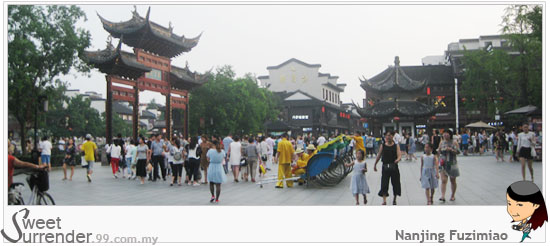
It sure is one very popular tourist attractions. So many people! You can see many old buildings that normally you just see in old Chinese drama series/movies.
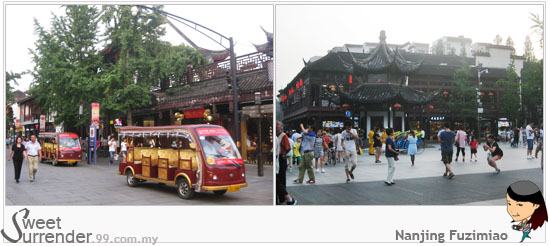
It was a place to worship and consecrate Confucius, a great philosopher and educator of ancient China.
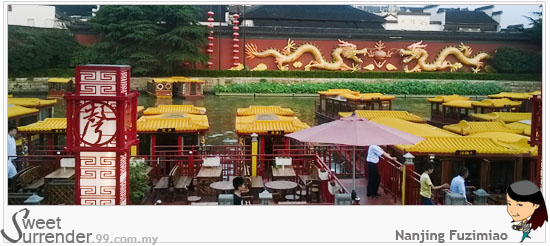
Wall of the Temple of Confucius.
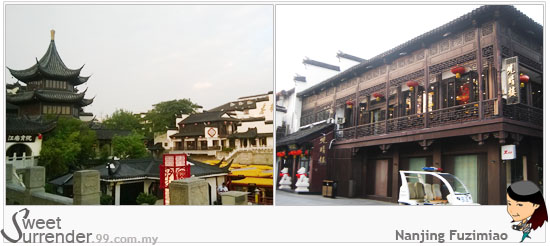
This is the place where you can learn how ancient Chinese governments choose officials and all the other related history.
Nanjing Fuzimiao has had a national reputation since 1034 in the Ming Dynasty and it was greatly promoted in the Qing Dynasty. In the two dynasties, Fuzimiao was a thriving commercial and entertainment center emersed in rich culture and arts. It is said that in the time of Qing, the streets in this area had a total length of more than 10 Li (equal to five km) with countless shops, restaurants, bars and hotels, lining up two sides of these streets with colorful signs and lights. The streets were frequented everyday by travelers, wealthy merchants, and royal members in casual clothes.
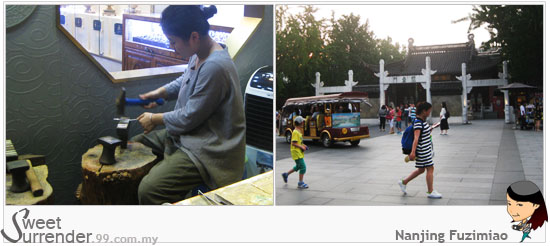
In 1985, the municipal government spent millions to renovate the whole area. It’s also now a center for shopping, dining and entertainment.
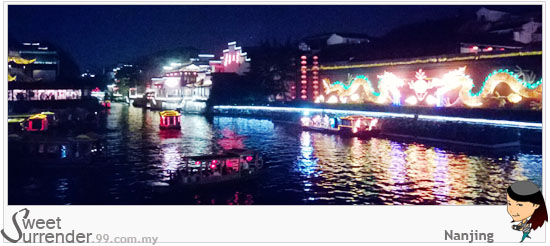
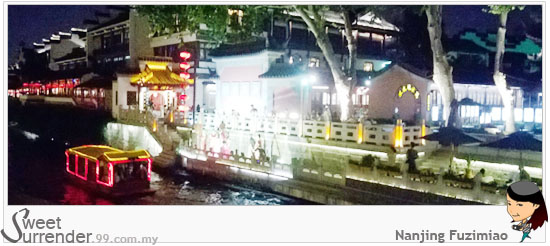
Night view of Qin Huai River at Fuzimiao.

We had our dinner in one of the restaurants there. Can’t remember the name. This is a set of samplers of all the Nanjing local street food for 1 pax. Too full! Don’t be cheated be all these small plates of food. We couldn’t finish them! More than 20 types to try. These are just a portion, some were eaten to make space for more dishes. I can’t remember the price though, not cheap. Truth to be told, it’s better to eat them elsewhere.
This is the only attractions I went when I was there as we didn’t stay long there and also because we’re there for work.
